Are you dealing with burns, venous leg wounds, non-healing surgical wounds, or diabetic foot wounds? Wounds can be frustrating, and besides the pain potential, it affects your skin’s effectiveness as a protective layer. When considering ways to supercharge your wound healing, bio-engineered skin grafts San Antonio offer a lot, from promoting healing, closing the wound, and reducing pain. With or without bio-engineered skin grafts, you can do a lot to manage the wound healing process. Here are a few straightforward tips that can help improve wound healing.
Table of Contents
1. Keep it dry
Sure, you need a relaxing bath or shower. While on it, think about the wound. Keeping it too wet risks bacteria spreading from other parts and into the wound. This can lead to an infection, further slowing the healing process. Simple protection hacks, such as a wound protector or cast, can keep it dry. If you can’t figure a way to ensure it does not get too wet, you can always turn to a sponge bath.
2. No pressure
Too much pressure on the wound site disrupts the blood supply to the capillary network. The affected blood flow to the surrounding tissues results in delayed healing. If the wound is in a tricky pot, such as your feet, consider using crutches, walkers, special shoes, or a cushion to relieve pressure, especially when walking or standing.
3. Hygiene
Keeping the wound site clean is essential to avoid an infection. Nonetheless, as you clean, avoid the temptation of chemicals. You might think that alcohol, soap, or hydrogen peroxide will do more good in killing germs. Nonetheless, such substances can harm your skin, slowing wound healing. Instead, stick to distilled, sterile, or water with salt.
4. Nutrition
Your body needs various nutrients for optimal functioning, including the healing process. Healing is reliant more on growth factors, made up of proteins. Increase your protein intake, ideally to 3-4 serving a day. Protein deficiency does not just slow the healing process. It can cause skin degeneration and swelling, and increase infection severity, worsening the situation. Proper nutrition comes in handy in all health-related concerns. This emphasizes the need to up your game as you strive to supercharge wound healing.
5. Keep blood glucose in check
Your blood sugar can affect the wound healing process if at higher levels. This is since it can stiffen your arteries and cause narrowing of the blood vessels. Such concerns mean disrupted blood flow and oxygen supply to the area requiring healing, slowing the process. Check your blood glucose, keep it under control through a proper diet, and take medication if you are on an active prescription. Talk to your doctor if you are having difficulty managing your blood glucose.
6. Cover it
It is tempting to leave the wound open, thinking it would use some breathing. It does not need it and exposing it only slows the healing while increasing infection risks.
7. Lifestyle changes
Excessive alcohol consumption and smoking are some of the habits you should revisit as you strive to improve wound healing. Such habits affect blood flow, meaning the area does not get nourished with blood and the necessary nutrients for healing.
Wound healing can take longer than you expect. Whenever you are having difficulties, do not hesitate to consult your doctor. Call or visit Wound Care & Hyperbaric Medicine Specialists and learn more about the healing process and what you can do to improve the progress.

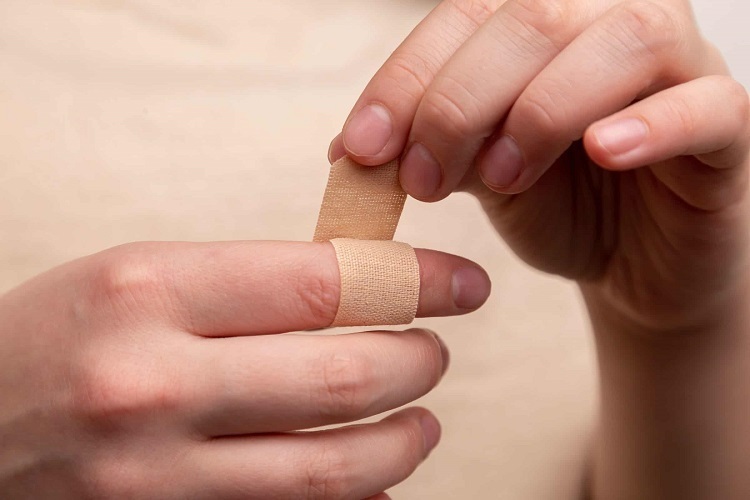



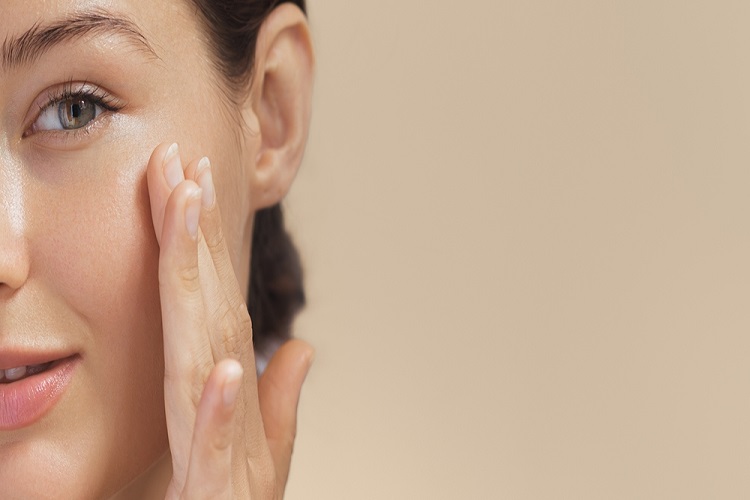
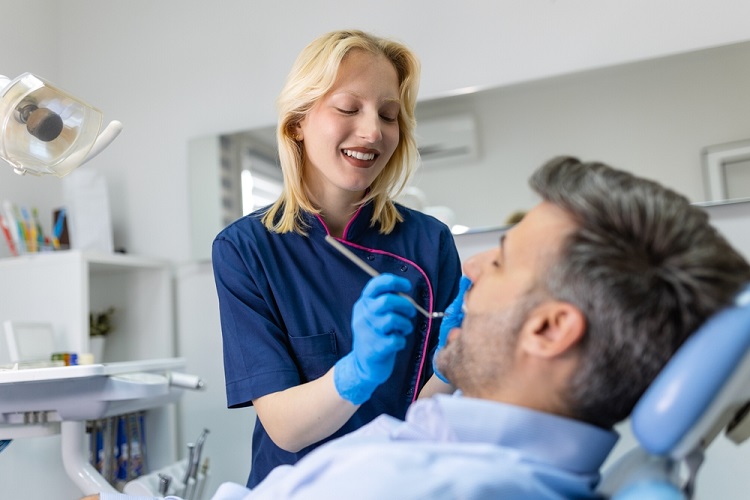
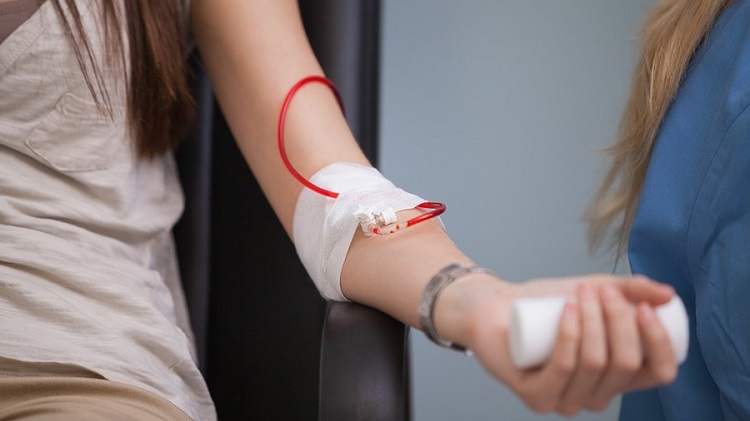
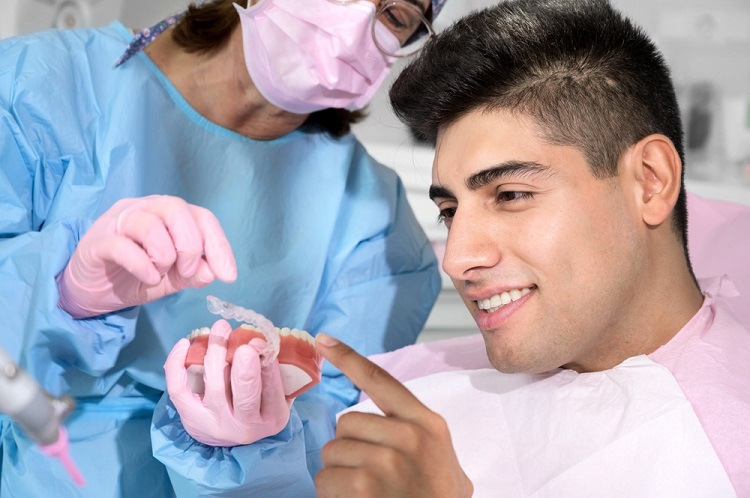

Comments